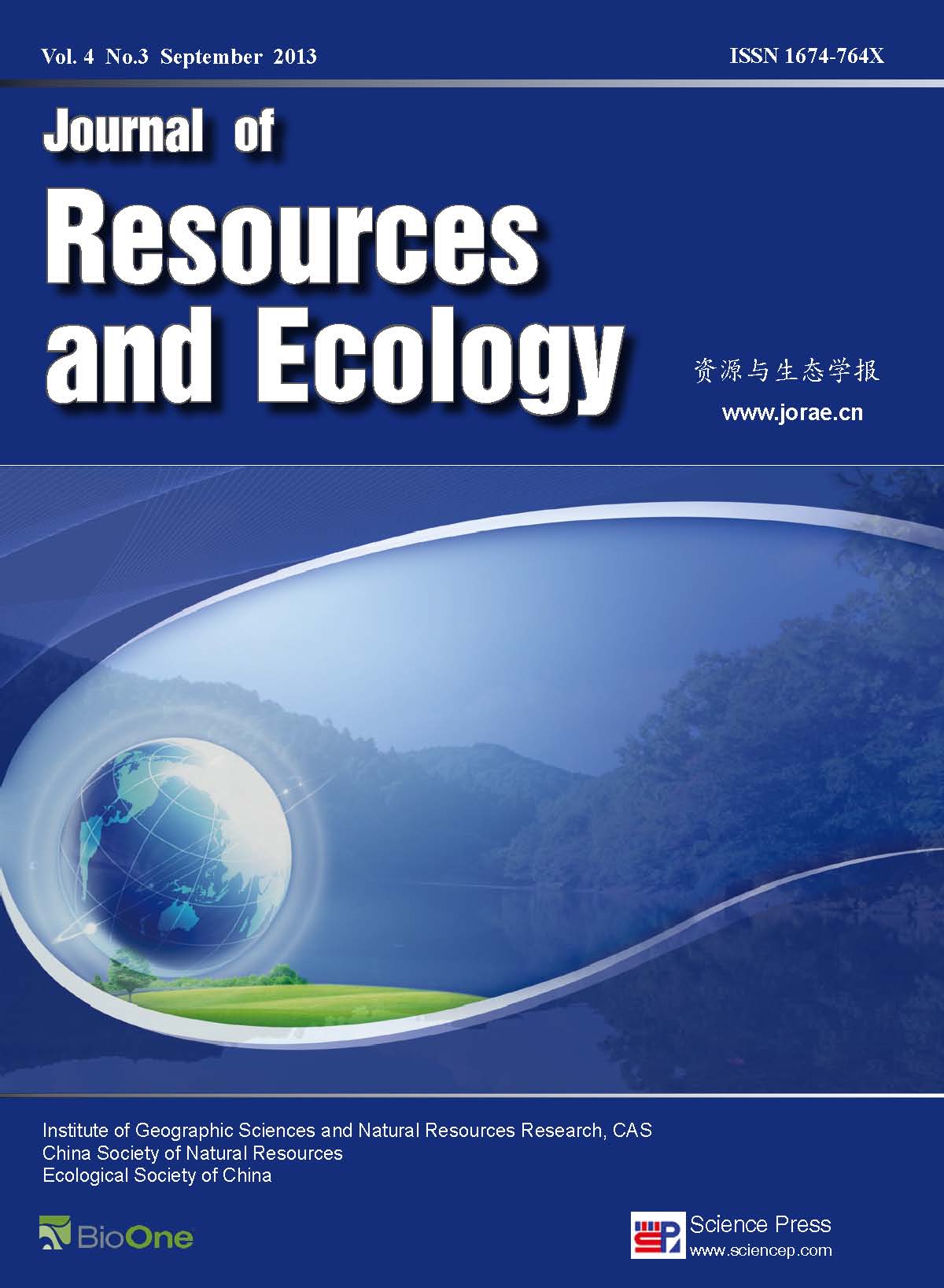GIAHS
TANG Xiaoyun, YU Xiaohui, ZHANG Dongming
Most agro-cultural heritage tourism is community-based,for which the residents'attitudes towards tourism development are of crucial importance.Taking Ping'an Village as an example,the rice-terraced agro-cultural heritage in Guangxi,this study has probed into the interaction between the residents'perception of the culture change because of tourism development and the tourism development itself by using a field investigation method and statistical analysis.The field investigation has been employed to make the research more comprehensive.By applying exploratory factor analysis, four significant tourism perceptions have been found.They are environment perception,relationship perception,benefits perception and rights perception.Based on the factor analysis,the research undertakes statistical analysis upon resident samples of different groups by means of Pearson correlation coefficient,independent samples t-test and analysis of variance.The results show that although there exists different views from different residents,in general he residents hold a positive attitude towards developing heritage tourism.However,some existing problems such as environmental pollution,cultural reconstruction,the absence of residents'rights and unreasonable income distribution have seriously restricted the development of heritage tourism,which is specifically embodied in the following four points.Firstly,residents are discontented with the environmental pollution in the area.Residents'attitude towards future tourism development reflects a high correlation with positive perceptions of the village community.Secondly,residents are satisfied with community relationships after tourism has developed. The degree of satisfaction is relatively high for those who are not operating tourism,but low for families with poor annual tourism income.Thirdly,residents are dissatisfied with the distribution of income'from tourism.Families with relatively high annual tourism income show a lower degree of satisfaction.Fourthly, residents are not satisfied with their lack of rights in decision-making,in community participation and in tourism development.Residents who are educated to the secondary level show the highest degree of satisfaction in decision-making authority.Finally,some corresponding countermeasures and suggestions have been put forward to resolve the problems existing in the process of tourism development.
